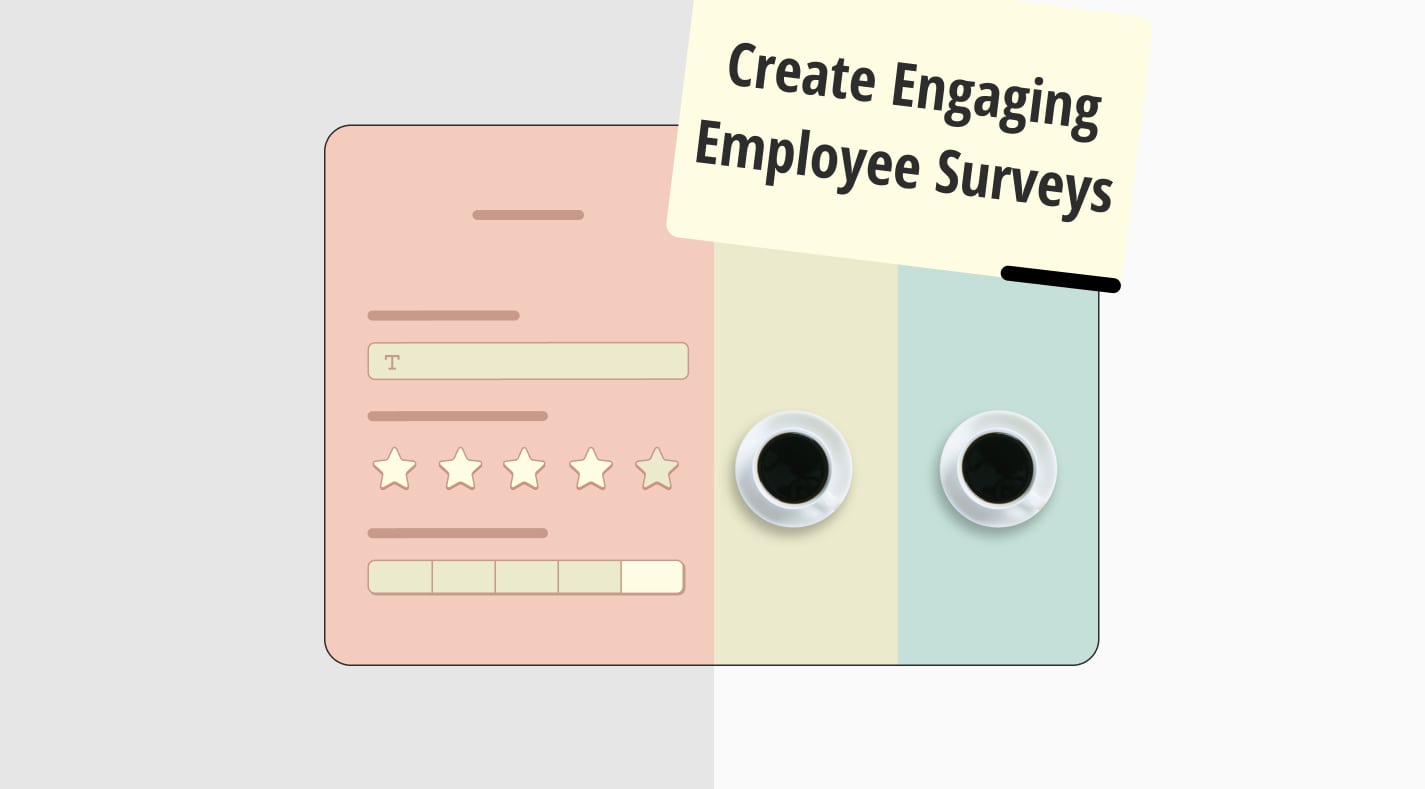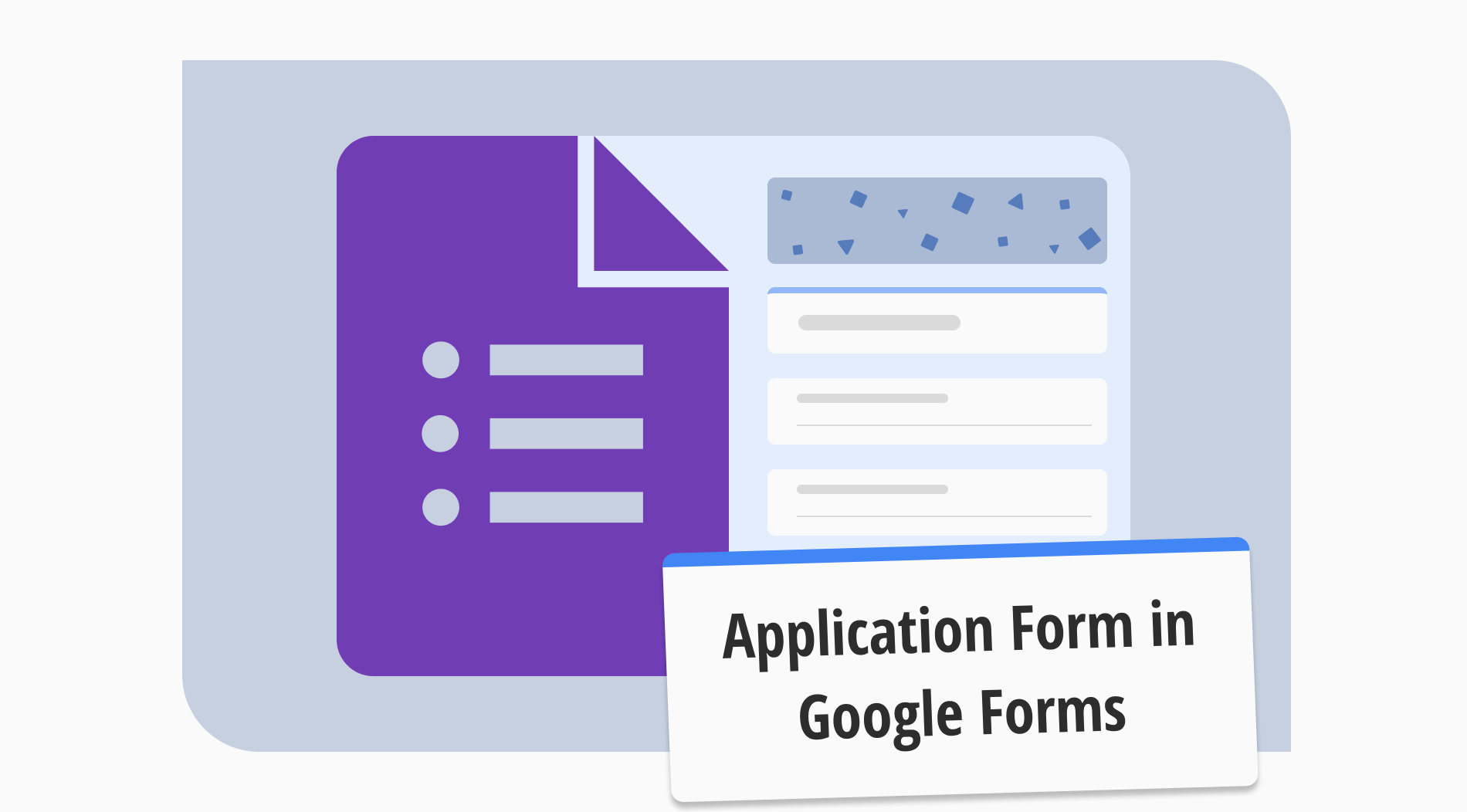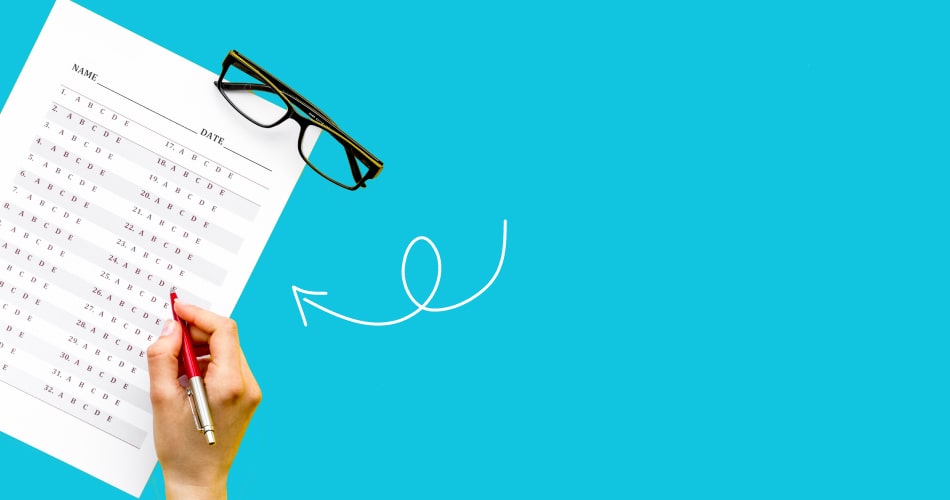
Engaged employees are critical to the workforce. They foster efficiency and productivity, and there are optimal ways of keeping them engaged at work. One of these is helping them feel heard and acknowledged. That's where employee surveys come in. Even better, these tools promote inclusivity, which should be part of your company values.
Meanwhile, through this employee engagement initiative, you can obtain valuable insights from your key findings and give them a channel for constructive feedback. The good news? You're on the right page, where we'll discuss how to design these materials for the best participation rates you'll need.
The art of designing engaging employee surveys
When we say that employee survey design has a powerful role in gathering honest feedback, it doesn't go without proof. One prestigious university says employee engagement surveys are still one of the most effective methods for HR professionals to check employees' satisfaction and commitment.
In planning your design, you should consider the entire survey process. Doing so ensures better, active participation. The best way to approach this is to gather interactive feedback, improving the overall employee experience.
You can generate meaningful responses using some of the best practices in survey design. These practices, however, are now used in the form of several technological innovations. You can easily access these advancements through the features offered by forms.app, which also offers you different types of quizzes. The wide range of survey-specific features includes the following:
✅Multiple form fields: Form types like name, address, short text entries, long text entries, yes/no responses, and multiple choices help you achieve richer context in employee responses.
✅A wide array of templates: forms.app has more than 4000 customizable templates that can help you make more engaging surveys, which encourages better participation.
✅Conditional logic capabilities: This helps streamline the survey flow, preventing unnecessary survey hopping.
✅Mobile compatibility: Mobile phones would be something people might touch more often. That's why you should use forms, surveys, and quizzes via forms.app’s mobile app.
✅Integration capabilities: Integrating your most-used apps with your survey platform is an excellent way to boost your success. Automation makes the HR process super-faster. forms.app’s direct and indirect integrations allow you to experience a seamless workflow.
In short, technology can foster organizational growth by streamlining the survey design process for you. You can increase response rates, leading to more robust insights for employee engagement, job satisfaction, and overall productivity.
Understanding employee engagement: Different perspectives
Employee engagement is a much easier feat when you align employee engagement survey questions with their unique perspectives and needs. By doing so, you can easily show them that those factors are in mind as you conduct your surveys. Here are some ways to stimulate employee engagement and valuable survey outcomes:
- Use varied types of survey questions that cater to different thinking styles.
- Tailor the employee surveys by dividing them into focus groups. By doing so, you can cover every aspect of the employee experience, including work-life balance and career development.
- Make sure that they know when certain surveys are anonymous or not. You'll achieve more truthful, open, and authentic employee feedback.
- See which employees are more likely to experience survey fatigue, especially among senior leaders.
The richer survey data you collect, the more informed your decisions. By the end, your efforts can even help you devise more strategies to increase employee engagement. While effective employee engagement surveys help people achieve job satisfaction, they're still more about increasing employee engagement through connection and inclusion.
Tailoring questions to employee roles
You want employees to understand how significant your survey is. Each question should be customized to the employee's role, making them feel their unique point of view has value. In turn, as they're more truthful in answering the employee engagement survey, you're more likely to see actionable insights for organizational success.
The conditional logic functionality shines here by transforming your employee engagement survey. With it, you can obtain survey findings in an adaptive and personal way. In a nutshell, it showcases how much you value an effective and sympathetic form of leadership.
Question design and structure
When you formulate the questions for your employee survey, you can think of how an FAQ page of a website is made. You will notice how clear, direct, and engaging the questions are. The same goes for your employee engagement survey. Engaged employees are more of a possibility when you provide such ease.
The heightened employee participation then further strengthens continuous improvement for future surveys. In this section, we'll examine the fundamentals of effective question design in your employee engagement survey. These ensure the employee survey questions are clear and engaging.
1. Types of questions and their impact
How your questions are asked and answered in the employee survey greatly affects the survey results. By tailoring them according to the type of answers you need, you’ll ensure outcomes suited well for your next business decisions. Here are several formats to consider, including their impact:

Questions types and their impact
- Multiple choice questions: With pre-defined answers, these questions are more efficient in gathering quantifiable data. Respondents can finish quickly, increasing employee engagement.
- Open-ended questions: While this may risk lowering employee engagement, they provide a comprehensive understanding of the current situation. They require more time, so use this type of question sparingly in your engagement survey.
- Likert scale: This framework uses a rating system. With people able to reveal the degree of their sentiment toward something, employee engagement is more achievable here.
- Dichotomous questions: These yes/no questions are also a sure way to foster employee engagement, as they're quick to complete. Just note that they might offer less room for detail.
- Ranked scale: Enhancing employee engagement works better when you let respondents prioritize among a list of options. They can speak more about their preferences and their specific importance levels.
- Picture choice: Let's face it. Some people process visual information better than text. You can offer pictures as choices for their answers to gauge how they feel about brand logos, uniforms, or even office layouts.
Survey results from varied types of questions let you know the most truthful employee perceptions based on the data collected. Spend time designing questions so that your surveys serve their optimal purpose: more employee engagement and quality results.
2. Language and tone
You can't miss these two when conducting surveys. Think of the language and tone as the company swag or general fashion. They speak volumes about your company culture. The right language and tone help you create a safe space where everyone can speak for themselves. It enables your employees to feel comfortable sharing their honest opinions.
There are examples of leading or biased questions. But you can always rephrase them to make more room for openness. Here are some of them:
➡️"Have you ever felt workplace burnout or noticed you're being overworked?" Instead, ask, "On a scale of 1 to 10 (with 10 being the most satisfied), how would you rate your daily workload?"
➡️"Was the company able to take your opinions and preferences seriously?" Instead, ask, "How well do you think the company listens to your opinions?"
➡️"Do you think your team is cooperative?" Instead, ask, "How would you describe the cooperation within your team? Choose between the five choices below."
➡️"Are you happy with how the management is handling company matters?" Instead, ask, "How satisfied are you with the company's leadership?"
➡️"Are the benefits good enough for you to sustain daily life?" Instead, ask, "How well do our benefits meet your needs?"
Kind, open, and accepting language is present in common HR interactions. Such qualities help a company foster an environment that’s safe, trustworthy, and accepting. Make it a point to be empathetic as you conduct surveys.
3. Clarity and conciseness
There are over a hundred basic survey questions to ask. This means you should prioritize the most relevant ones to minimize the time burden for your employees. Doing so even promotes better employee engagement levels as they will finish the task in no time. To get started with better clarity, convince yourself to do the following:
❕Check your questionnaire for any jargon and complex words that can confuse your staff. A good rule of thumb here is to assess their demographics before checking what's clear to them and what's not.
❕Address one issue at a time so that no areas of concern overlap unintentionally.
❕While you can guide your employees to certain topics, leave room for their unique perspectives. Don't include too many yes/no questions in your surveys.
❕Some questions can have too many potential valid answers. This can muddle results and make it difficult to draw any conclusions.
❕Do your best to be considerate with how long they take the survey. Generally, they should take 10 minutes or less.
❕Ensure that you always conduct the survey in a positive, friendly way. Encourage employees and make it clear that you appreciate their time and participation in helping the company improve.
Maximizing employee feedback, response rates, and participation
You should aim for a positive work environment and culture of trust months before the survey period. Your company culture is a huge determinant of your employee’s willingness to participate and the quality of their responses; an environment where they feel valued and appreciated is going to be more encouraging than a culture in which they feel like cogs in a machine.
Be transparent about the purpose of your surveys, too. Employees can tell when key information is being withheld and will be less inclined to participate fully if this is the case. Make it clear that you are collecting information to help employees feel more engaged in their work and to improve outcomes across the board.
Remind your employees that the survey insights contribute to your organizational goals. You can also assign representatives or managers in business units to remind everyone in their department to accomplish the engagement surveys you give.
Always uphold your promise of anonymity. It takes only a moment to lose trust forever – and if employees find out you’ve been viewing their answers without anonymity, you are unlikely to get good responses in the future.
Effective communication and timing in employee engagement surveys
Here, your main goal is to give the message as clearly as possible and not surprise your employees with the survey. This makes it easier for you to create regular and well-accepted surveys as part of the workplace culture.
To enhance your approach, below are some more tips for talking about and scheduling your surveys:
- In town halls or larger company meetings, try your best to frame the surveys as something that would help employees' voices be heard. Emphasize that their responses will directly contribute to positive changes.
- Attend team meetings where you can touch on particular concerns face-to-face with employees. Show them how important the survey and their opinion are.
- While you can depend on the weekly workload, look at the periodic schedule of company events. Choose a business cycle—for example, right after a big project—that's calm so that the details can stay fresh in their minds.
- It's normal to have a sudden need for their opinion. However, you can set their expectations better by laying down a survey schedule.
- Opt for a multi-channel approach for announcements and surveys themselves. The traditional bulletin board may often be unnoticeable. So, use your internal emails or different intranet ideas, social media platforms, and even workplace apps to tell them what will happen.
Whichever way you choose to announce or promote your surveys, aim to be transparent at all times. Authenticity goes a long way, particularly from managers and HR representatives.
Conclusion
There are many types of employee surveys at your disposal, from the annual engagement survey to exit surveys. These are vital for understanding employee satisfaction and improving management, operations, and even retention. With employee input, even the toughest business decisions will be considerably easier to navigate, and persistent issues will be highlighted and more easily resolved.
Consider how you design your employee surveys to make ongoing feedback part of your organizational culture. This also entails your announcements, timing, and survey structure in the long run. Want to execute them better? Start by using the latest tech innovations in your studies together with our question design tips, and you’ll soon see optimal results.
Defne is a content writer at forms.app. She is also a translator specializing in literary translation. Defne loves reading, writing, and translating professionally and as a hobby. Her expertise lies in survey research, research methodologies, content writing, and translation.



 8 min read
8 min read

